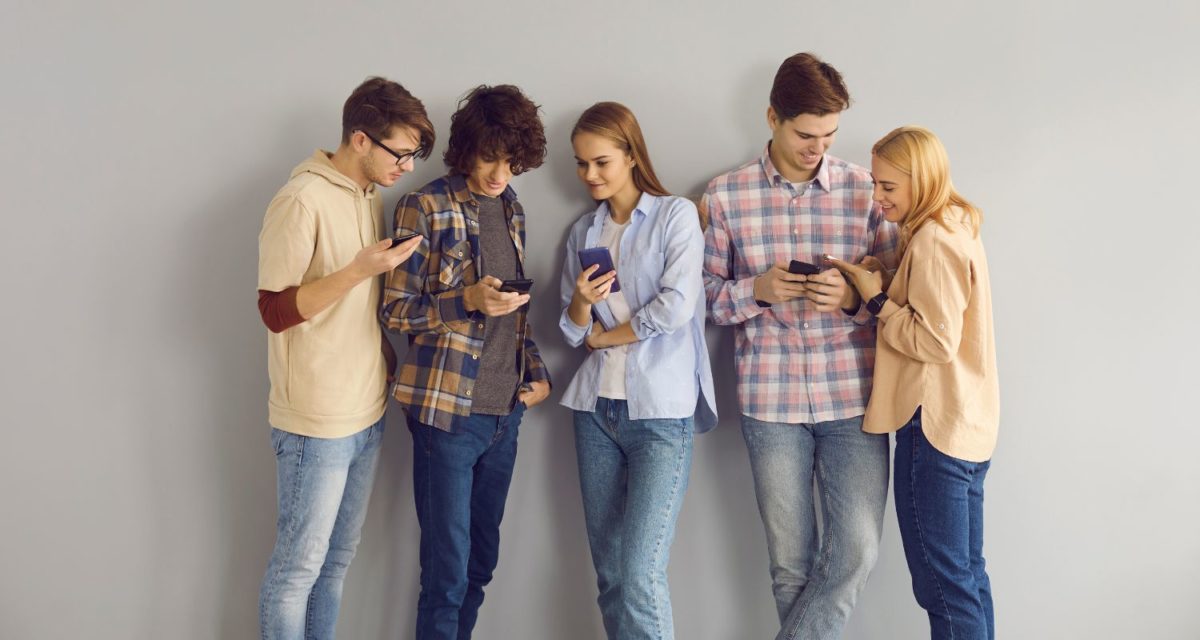- As an Invisible Condition, Hearing Loss Often Goes Ignored - October 17, 2022
- All About Assistive Listening Devices & More - October 1, 2022
- Tired of Loud Restaurants? Time for a Hearing Test! - September 17, 2022
If you think hearing loss only affects older people, think again! More young people than ever are experiencing the effects of noise-induced hearing loss. While about 10% of Millennials have measurable hearing loss, 17% of Gen Z has it. This is especially concerning since Gen Z is the younger of the two generations.
What Is Causing the Rise in Hearing Loss?
There are a number of possible reasons that Gen Z is experiencing more noise-induced hearing loss (NIHL) than previous generations. For one, public address systems (PA systems) are more efficient than they’ve ever been in history. That means a relatively small system can produce a lot of sound. And if a small PA system in a small room is capable of producing a sound more appropriate to a much larger space, hearing loss can be the result.
Gen Z also seems to spend more time around these loud PA systems than previous generations did. Dance parties are all the rage, and the music can go all night. When you’re listening for 6 or more hours to a sound system that can cause hearing loss in 10 minutes, you’re going to have a problem.
It’s even the case that our personal listening devices (PLDs) like smartphones and iPods are louder than ever before. When the original Sony Walkman™ came on the market in the late 1970s, there was widespread concern that young people would induce hearing loss by listening at unsafe volumes. Today’s PLDs are significantly louder than those original devices.
Part of the problem is that young people are using PLDs to cover up other sounds. They might listen to music while mowing the lawn, riding the train on a commute, or in a car or airplane. All of these situations expose us to unsafe noise levels, and listening to music, podcasts, or other media just adds more fuel to the fire.
About Noise-Induced Hearing Loss (NIHL)
NIHL happens when we listen too loud for too long. It is also additive, meaning we can do it too often. Every time we expose ourselves to damaging sound levels, we lose a little more hearing.
Sound that reaches an average of 85 dBA (decibels A-weighted) can cause hearing loss after about 8 hours of continuous exposure. (85 dBA is about the noise level created by a gas-powered lawn mower.) For every additional 3 dBA of sound, the time it takes for hearing loss to set in is cut in half. At 100 dBA, it only takes about 15 minutes. (100 dBA is the average volume level at a high school dance.)
Some people are more susceptible to NIHL than others, but it is impossible to know how susceptible you are until you already have hearing loss. Furthermore, no one is completely immune to NIHL. Everyone has a threshold after which NIHL will occur, and we cannot know what that is on an individual basis. We should all follow the guideline that 85 dBA, after more than a short period of exposure, warrants hearing protection.
Protect Your Hearing
It’s crucial to use hearing protection whenever we are exposed to loud sound. This includes rock concerts, but also sports events, some movie theaters, and even high school dances. Our hearing protection should be effective enough to reduce the experienced level of sound to beneath the 85 dBA threshold.
If you’re not sure how loud an environment is, you can download a sound meter app for your smartphone, or purchase a dedicated SPL (sound pressure level) meter for as low as $30.
Headphone Safety
Headphones and earbuds should not be used to try to “cover up” other sound. Doing this only increases the amount of noise to which you’re actually exposed. It’s difficult to tell when we’re listening to headphones too loudly as we cannot measure the dBA between the headphone driver and our eardrum, and we become adjusted to sound levels relatively quickly. What seems too loud for a short time can become “normal” in a few minutes.
In general, do not turn the volume up on your device above half, and keep it lower than that if you can. When you start a listening session, start with the volume all the way down, and turn it up just enough that you can hear the content comfortably.
If you often listen when a lot of background noise is present—like while traveling or mowing the lawn—consider investing in a set of noise-canceling headphones. These devices use active circuitry and microphones to effectively eliminate background sound. It is then possible to listen to desired content at a quieter volume. Noise-canceling headphones can also be used even without content, in order to simply reduce background noise. Keep in mind that this technology works best with consistent background noise, like engine sounds or humming appliances. They should not be used as a substitute for hearing protection at a loud event.

